

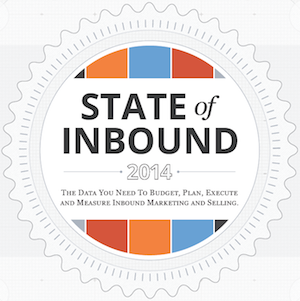
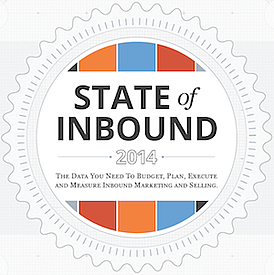 A couple of weeks ago, HubSpot released their 6th annual “State of Inbound Marketing” report. The 54-page report serves as a collection of results from their annual survey, in which 3,570 respondents were asked about their most important marketing challenges, priorities, strategies, and results. By surveying this large collection of respondents from a number of different countries, companies, and marketing backgrounds, HubSpot is able to accurately portray the biggest marketing trends and challenges currently facing today’s marketers.
A couple of weeks ago, HubSpot released their 6th annual “State of Inbound Marketing” report. The 54-page report serves as a collection of results from their annual survey, in which 3,570 respondents were asked about their most important marketing challenges, priorities, strategies, and results. By surveying this large collection of respondents from a number of different countries, companies, and marketing backgrounds, HubSpot is able to accurately portray the biggest marketing trends and challenges currently facing today’s marketers.
That being said, if you’ve been as busy as we have lately, this report might have flown in under the radar – especially with INBOUND 2014 just last week. From what we’ve seen in years past, however, we know it’s something you can’t afford to miss. And though we highly recommend reading the report for yourself, for those looking for a condensed version, here are the 10 biggest takeaways from the 2014 State of Inbound report.
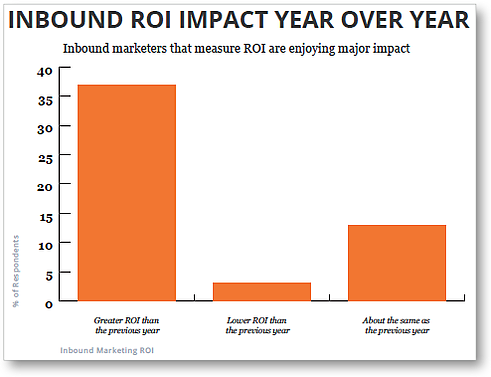
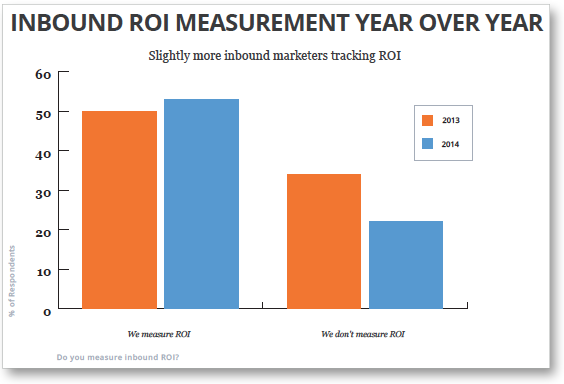
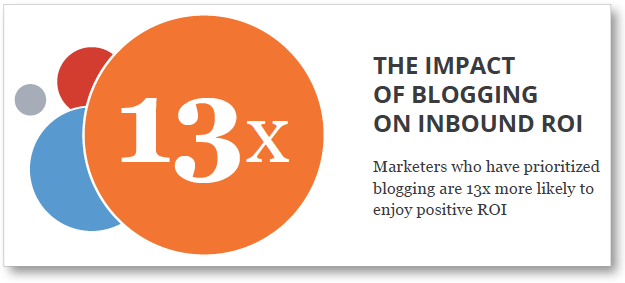
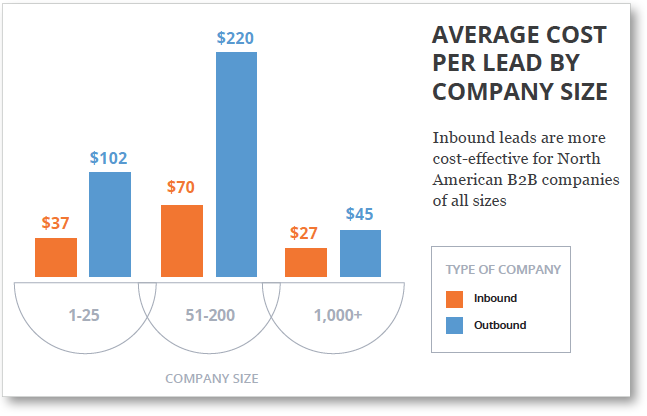
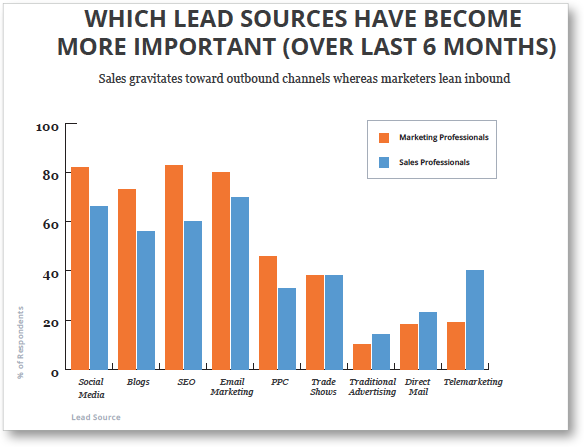
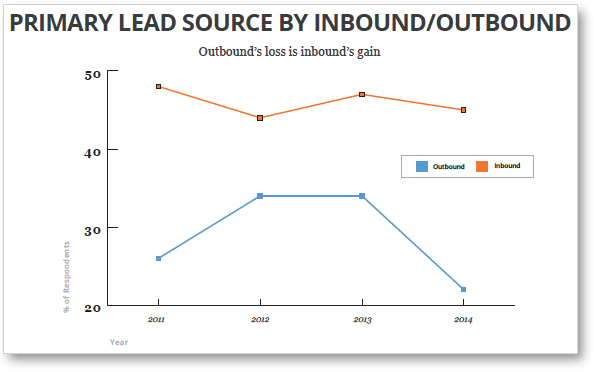 B2B companies appear to place a higher value on educational formats (e.g. webinars, how-to videos), whereas B2C companies appear more willing to experiment with advanced digital formats (i.e. interactive content, online tools).
B2B companies appear to place a higher value on educational formats (e.g. webinars, how-to videos), whereas B2C companies appear more willing to experiment with advanced digital formats (i.e. interactive content, online tools). 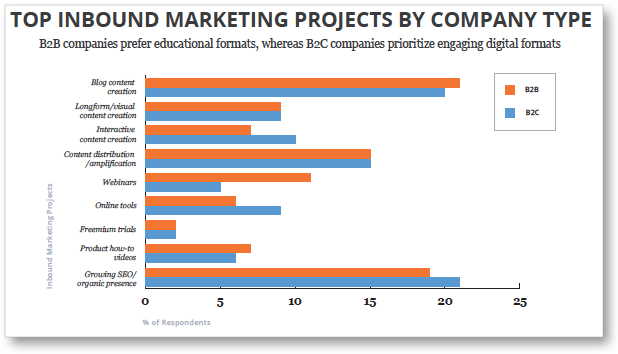
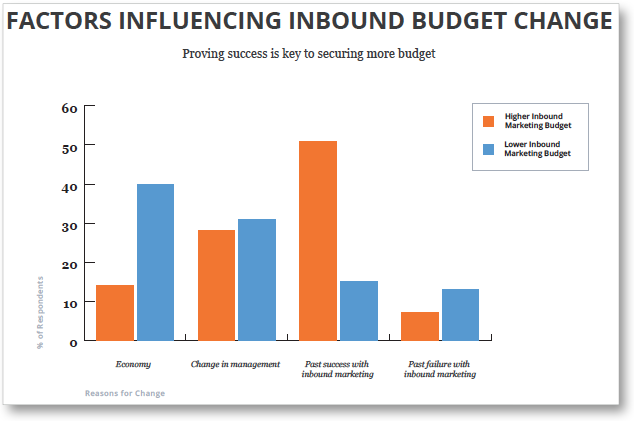
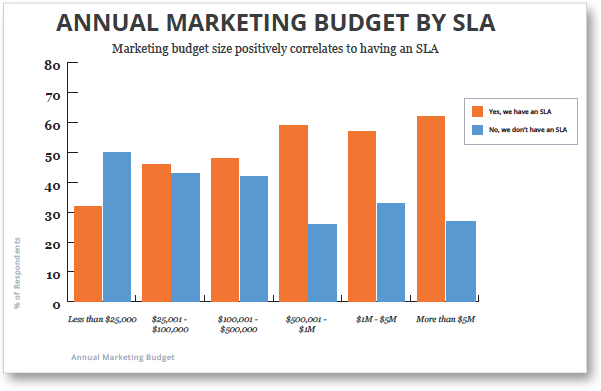
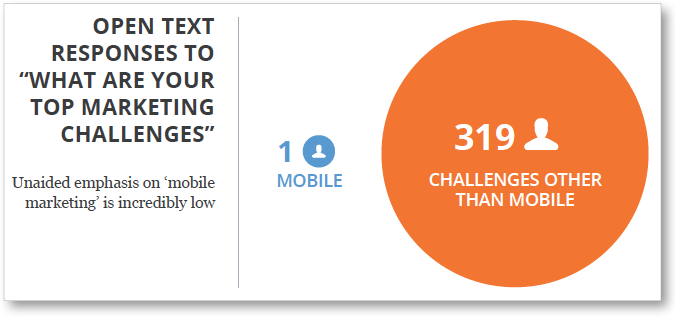
Phew, that's a lot to take in!
As you might have noticed, measuring ROI is crucial to your inbound marketing success in 2014 and beyond. You can't set goals for where you want to go if you don't know where you're already at, and it's hard to increase your marketing budget unless you can prove your inbound marketing success. On the other hand, when it comes to improving your marketing ROI, inbound is still the most cost-efficient way to generate leads. Of course, the report itself can provide deeper insights on all of these subjects, so make sure you download a copy for yourself. Likewise, for those of you interested in learning how to prove your marketing ROI, make sure you attend our free Sales & Marketing webinar, tomorrow at 1 p.m. CST.
Topics: Inbound Marketing
